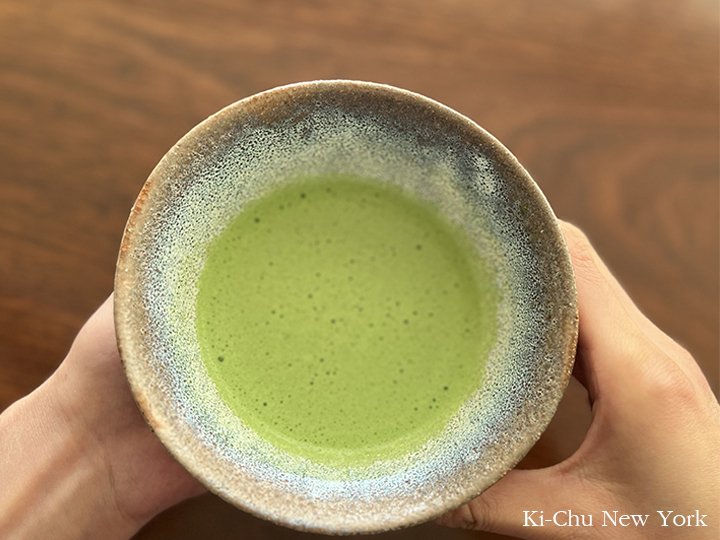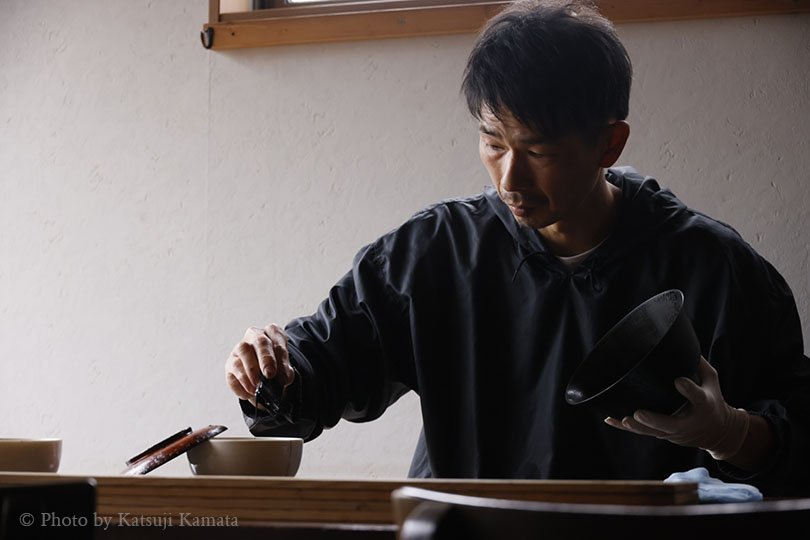Dear friends,
The news shook me to my core when I first saw it this morning. On August 14, 2025, the day before the 80th anniversary of the end of World War II, Dr. Sen Genshitsu, the 15th head of Urasenke Konnichian, passed away peacefully at the age of 102. Throughout his long life, he devoted his life to one message: “Peacefulness through a Bowl of Tea.”
He was the Grand Master of our school, an inspiration, and a man who carried the Way of Tea, known as the tea ceremony, across the world. His presence was so strong that when I heard the news, it felt as if I had lost my center of gravity, even though I met him in person only once.
Daisōshō, Dr. Sen Genshitsu, the 15th head of Urasenke, at the welcome party held at the Harvard Club in September 2023
That meeting was two years ago, when he visited from Kyoto to New York to host a ceremonial tea offering for peace at the United Nations. I was lucky enough to have returned from Japan the day before and was just in time to attend his welcome party. I still remember the joy and excitement I felt meeting him in person.
His back was perfectly straight, his steps steady, his presence vibrant. Even at 100 years old—how incredible is that!—he seemed to electrify those around him. But the light he radiated was not born of fame; it came from a deep well of kindness, generosity, and love that embraced everyone in his presence.
I am sure he faced many challenges in carrying forward a long and honored lineage, but he once said the most difficult time of his life was the war. Drafted at the age of 20 during World War II, he later volunteered as a kamikaze pilot. The war ended before his mission began, so fortunately, he survived, but most of his friends did not. That loss never left him.
His presence makes me pause and reflect on the true meaning of peace and happiness.
One of his greatest legacies is the Urasenke Chanoyu Center in New York. It’s remarkable how this building holds such a serene space, so beautifully evoking the atmosphere of Kyoto. He gave us the gift of continuing to learn the Way of Tea, and having such a special place in New York is something we must never take for granted. I often ask myself: Why am I learning it? What can I do through it?
Urasenke Chonoyu Center in New York City
Since meeting him in person, I have shared his words in workshops. And I want to share them again here:
“A tea bowl is round. It is the same shape as the Earth. You are holding a small earth with both hands. Matcha is green. What will we do if the world loses green due to war? Let's take good care of green. Inside the tea bowl, there is much green. Please become one with the green inside the tea bowl when you drink tea. If you take a part of tea and pray deeply in your heart for peace, I guarantee the people in the world will achieve peace and happiness.”
Today, matcha is enjoyed worldwide for its health benefits. Still, we must remember its deeper meaning: compassion for others, gratitude, connection with nature, the cultivation of inner peace, and ultimately global peace.
Eighty years after the war, it seems he fulfilled his life’s mission and quietly departed to be with his comrades. With gratitude in our hearts, we will carry forward the legacy of Grand Master Sen Genshitsu, sharing peace through every bowl of tea. Thank you very much, Daisōshō, and to everyone who read to the very end.
































































